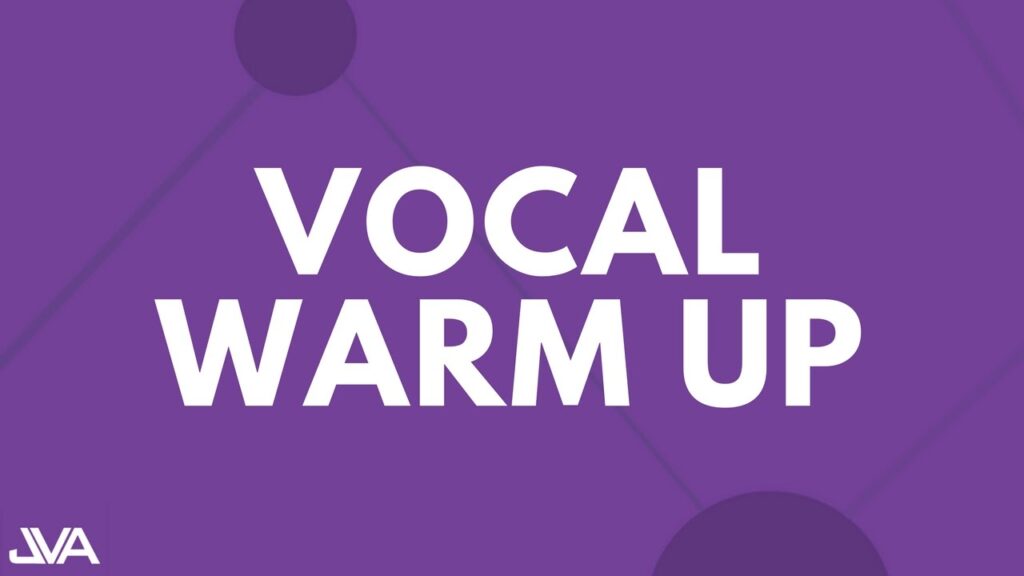
Singing is a powerful form of self-expression, and the ability to sing well is a skill that can be honed by anyone with the right guidance and
practice. Whether you’re a beginner or an experienced singer looking to polish your skills, understanding the fundamentals of vocal health, practicing effective vocal exercises, and consistently working on your technique can make a world of difference. In this guide, we’ll cover key areas to help you become a more confident, controlled, and skilled singer.
Understanding Vocal Health
Before diving into techniques and exercises, it’s essential to discuss vocal health. Your voice is an instrument, and like any other instrument, it needs care and maintenance. Here are some important tips to keep your vocal cords healthy and functioning optimally.
Tips for Maintaining a Healthy Voice
- Stay Hydrated: Your vocal cords need moisture to function correctly, so make sure you drink plenty of water throughout the day. Avoid dehydrating drinks like coffee and alcohol when preparing to sing.


- Get Adequate Rest: Rest is crucial for vocal health. Fatigue can strain your voice, so ensure you get enough sleep and take vocal breaks during intensive practice sessions.
- Avoid Smoking: Smoking can have severe effects on your vocal cords, causing inflammation and even leading to long-term damage. If
- you’re serious about singing, it’s best to avoid smoking entirely.
- Use a Humidifier: Dry air can cause vocal cords to dry out. Using a humidifier in your living space can help maintain the moisture in the air, which is beneficial for your voice.
Common Vocal Issues and How to Avoid Them
Issues like hoarseness, strain, and vocal fatigue can hinder progress and lead to lasting damage if not addressed. To avoid these problems, warm up thoroughly, avoid yelling or whispering, and stop singing if you experience any pain or discomfort.
Vocal Warm-Ups and Exercises

Warming up is an essential part of singing. A good warm-up routine prepares your vocal cords for the demands of singing, helps improve your range, and reduces the risk of strain.
Effective Vocal Warm-Up Techniques
- Lip Trills: Lip trills help relax your lips, face, and throat while also getting your vocal cords moving without too much pressure. Start by blowing air through closed lips, letting them vibrate. Then, add some pitch variations.
- Sirens: This exercise involves sliding your voice smoothly up and down your range, much like the sound of a siren. Sirens warm up your vocal cords across their entire range.
- Humming: Humming helps gently warm up your voice, engaging your vocal cords without straining them. Start at a comfortable pitch and hum up and down your range.
- Vocal Scales: Singing scales is a great way to warm up and work on pitch accuracy. Start with a simple scale and move up or down a half step after each repetition.
Image Alt Text: Singer practicing vocal exercises
Breath Control Techniques
Breath control is a foundational aspect of singing. Without proper breath support, it’s challenging to maintain pitch, volume, and tone quality.
Why Breath Support Matters
Proper breath support allows you to sustain notes, control your dynamics, and sing with a fuller, richer tone. Many singers struggle with breath control initially, but with consistent practice, it becomes second nature.
Exercises for Improving Breath Control
- Diaphragmatic Breathing: Also known as “belly breathing,” this technique engages your diaphragm rather than your chest. Place a hand on your stomach and take a deep breath. Your hand should rise with the inhale. This is the foundation of good breath support.
- Breath Management: Practice taking controlled breaths in and out, counting as you do. Start by inhaling for four counts, holding for four counts, and exhaling for four counts. Gradually increase the count to build endurance.
- Sustained Hissing: Take a deep breath and release it slowly, making a hissing sound. Try to control the airflow so the hiss lasts as long as possible.
Image Alt Text: Proper singing posture for vocal improvement
Posture and Body Alignment
Good posture is essential for optimal vocal production. Your body is your instrument, and posture plays a big role in how effectively you can use it.
How Posture Affects Vocal Performance
Standing tall with relaxed shoulders and an open chest allows your diaphragm to expand fully, enabling better breath support and vocal projection. Slouching, on the other hand, restricts your airflow and can lead to vocal strain.
Tips for Maintaining Proper Singing Posture
- Stand Tall: Keep your feet shoulder-width apart and distribute your weight evenly. Avoid locking your knees.
- Relax Your Shoulders: Tension in the shoulders can impact your breath control, so keep them relaxed and slightly back.
- Engage Your Core: Strengthening your core can improve breath support. Practice engaging your core muscles while singing for better control.
Articulation and Diction
Clear articulation is crucial for delivering lyrics effectively and ensuring your audience understands your message.
Exercises for Improving Clarity and Articulation
- Tongue Twisters: Practice tongue twisters to enhance your clarity. Start slow, focusing on crisp pronunciation, and gradually increase speed.
- Lip and Tongue Rolls: Rolling your lips and tongue can help reduce tension and improve enunciation.
- Singing Consonants: Sing phrases that emphasize different consonants, focusing on precise pronunciation. This helps improve diction and vocal clarity.
Importance of Diction in Singing
Good diction allows listeners to understand your lyrics without strain, which enhances their experience. Whether you’re singing pop, opera, or jazz, clear diction is a fundamental part of an engaging performance.
Finding Your Vocal Style
Singing is not just about technical accuracy; it’s also about expression and personality. Finding your unique vocal style allows you to connect with your audience on a deeper level.
Exploring Different Singing Styles and Genres
Experimenting with different genres like pop, rock, jazz, and classical can give you a sense of what suits your voice best. Try singing in various styles and pay attention to how each feels. Finding your vocal style is a process of exploration and creativity.
Tips for Developing Your Unique Voice
- Embrace Your Strengths: If you have a strong, clear belt or a soft, airy tone, lean into it. Use what makes your voice unique to your advantage.
- Experiment with Dynamics: Playing with volume and tone can help you find your unique sound. Don’t be afraid to explore both soft and powerful singing.
- Focus on Emotional Delivery: The way you interpret a song’s emotion is a significant part of your vocal identity. Practice conveying the feelings behind each song.
Image Alt Text: Vocal warm-up exercises tutorial screenshot
Resources for Further Learning
To continue improving, consider investing in resources that provide structured guidance and feedback. Here are some recommendations:
- Books on Vocal Techniques: Books by experienced vocal coaches can offer in-depth knowledge on technique and vocal health.
- Online Courses: Platforms like Udemy, Skillshare, and Coursera offer singing courses for all levels.
- Vocal Coaching: Working with a vocal coach, whether in person or online, provides personalized feedback and guidance.
Conclusion
Improving your singing voice requires commitment, patience, and a willingness to learn. By focusing on vocal health, incorporating effective exercises, mastering breath control, and experimenting with different styles, you can make significant strides in your singing journey. Remember, consistent practice and mindful technique are key to progress. Ready to take your skills to the next level? Sign up for vocal coaching or try out the exercises listed in this guide to get started on your path to better singing.